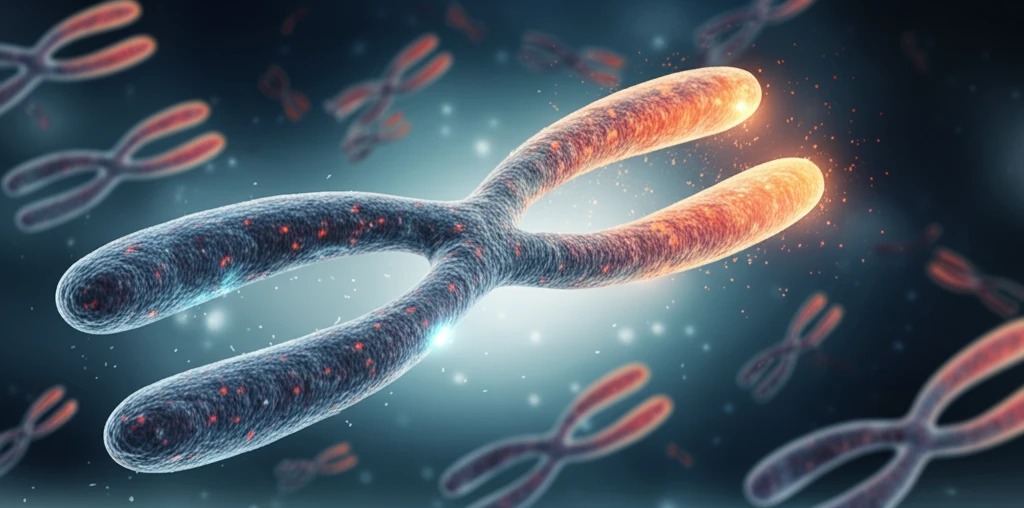
Unlocking Cancer's Secrets: How Telomere Research Is Changing the Game
"Dive into the groundbreaking world of telomere maintenance mechanisms and their potential to revolutionize cancer therapy. Learn how targeting these mechanisms could lead to innovative treatments and improved patient outcomes."
In the quest to conquer cancer, scientists are constantly seeking new targets and innovative therapies. A promising area of research lies in understanding and targeting the mechanisms that allow cancer cells to replicate endlessly. These mechanisms, known as telomere maintenance mechanisms (TMMs), are crucial for cancer's survival and could hold the key to more effective treatments.
Telomeres, the protective caps at the end of our chromosomes, play a vital role in maintaining genomic integrity. In normal cells, telomeres shorten with each division, eventually triggering senescence or cell death. However, cancer cells often bypass this process by activating TMMs, enabling them to divide indefinitely. Two primary TMMs have been identified in human cancer: telomerase activation and the alternative lengthening of telomeres (ALT).
While both telomerase and ALT allow cancer cells to maintain their telomeres, their contributions to tumor growth, survival, and patient prognosis can differ significantly. This understanding opens up exciting possibilities for tailoring cancer treatments to specific TMMs, potentially leading to more personalized and effective therapies.
The Role of Telomeres in Cancer

Telomeres are specialized DNA-protein structures found at the ends of eukaryotic chromosomes. They’re essential for maintaining the stability of our genetic material and ensuring proper cell division. Think of them like the plastic tips on shoelaces, preventing the ends from fraying. Each time a normal cell divides, its telomeres get a bit shorter. Eventually, they become too short, signaling the cell to stop dividing or undergo programmed cell death.
- Preventing limitless replication: By disrupting TMMs, we can limit the ability of cancer cells to divide indefinitely.
- Reactivating cell senescence: Blocking TMMs can force cancer cells back into senescence or programmed cell death.
- Improving treatment response: Combining TMM-targeted therapies with conventional treatments may enhance their effectiveness.
The Future of Telomere-Targeted Cancer Therapies
While the field of telomere-targeted cancer therapies is still evolving, the potential is enormous. By continuing to unravel the complexities of TMMs and develop innovative strategies to disrupt them, we can pave the way for more effective and personalized cancer treatments, ultimately improving patient outcomes and bringing hope to those affected by this devastating disease.
